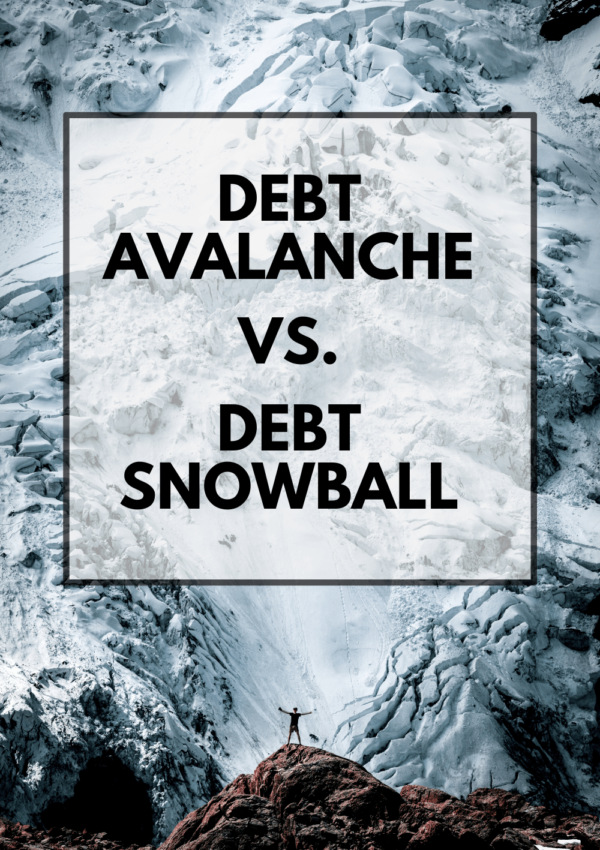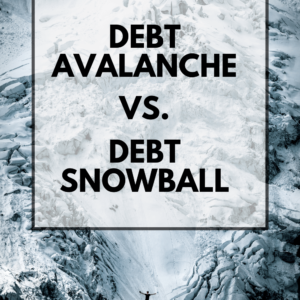What I’m about to say is going to make most real estate people cringe.
Here it goes… unpopular opinion: Sometimes putting down as much cash as you need to make a deal work is a viable option when buying a rental property.
There, I said it. I can almost feel the collective discomfort from the Cash Only people and the Leverage Everything to the Max people. Those are categories I just made up, well, sort of.
I also made up the definition of a Hybrid Real Estate Model. So whoever has a copyright on that, please leave me be.
My husband likes to call this the Brute Force model. Playing on the understanding that you need to muscle your way through the high-interest rates and elevated home prices by throwing as much money as you need at a property to make it work. Muscle here should be read as ‘an aggressive savings rate’.
And if it’s not already readily apparent, I’m not a real estate expert. I’m just a girl trying to buy a few rental properties to help pay for my living when I get old. All the ideas here are just that–ideas–for informational purposes only.
Now, let’s take a look at some of these lines of thought.

Cash Only People
You know the type. Live and Die by Dave Ramsey, hates any and all forms of debt. Rather wait 20+ years to save hard-earned inflation-vulnerable cash before buying a home just to avoid getting a loan and selling their soul to the dark and twisted residential mortgage companies.
Please, it’s hyperbole. Don’t come at me.
The truth is, running your finances from a cash-only approach is the superior path in most areas of life. Compared to leveraging your life to the max, cash is indeed king. The main advantage is there’s less risk involved.
To be clear, I fully endorse never having student debt, credit card debt, or car debt, if you can help it. Paying cash in these areas of life makes sense. For the purposes of this post, we’re talking about buying real estate with cash, though.
Core belief: Cash Only People are of the core belief that actually owning real estate free and clear is the best policy to have when it comes to purchasing homes and rentals. This can be rooted in a spiritual conviction, a low tolerance for risk, or both.
Cash Only Pros and Cons
Biggest pro: The risk of buying a home in cash is much lower than using debt.
Biggest con: It will take much longer to make the first purchase to get cash flow. Not to mention losing the ability to scale by having someone else (a tenant) pay off a property for you.
Bottom line: buying a real estate investment in cash will provide lower risk and higher cash flow out the gate, compared to buying a property using debt. HOWEVER, it will take typically 5+ times longer (based on a 20% down payment) to save up the cash to do so. Thus leaving more time to lose purchasing power, mainly due to inflation.
Leverage to the Max People
This camp of the real estate world believes in buying properties with as little money down as humanly possible. These types have a voracious appetite for risk and all the glorious rewards that go along with that. And let me tell you, the rewards are glorious when things go right.
Leverage is king when it comes to building wealth. The obvious downside of this approach is the significant increase in risk per property compared to cash-only people.
On the other hand, using leverage to buy properties is an incredibly lucrative game. The old adage, “The fastest way to become a millionaire is to borrow it and let someone else pay it back,” is an oft-quoted phrase for a reason.
This brings me to a couple of the main advantages of the Leverage to the Max people. Number one, you have so many options to make money at your fingertips. There are multiple strategies to make money both on the front end and the back end of a real estate investment.
I’m not going to pretend to be an expert on all the ways or even some of the ways, but the bonus of this approach is the room for creativity. You can work the financing side, you can work the rehab side, and you can even use cash to buy a home outright when the deal calls for it. Then you can pull out a percentage of your equity and roll that money into the next deal to continue to play ball and scale up.
There are plenty more levers to pull with the leverage to the max camp. These levers and tactics certainly allow cash to snowball much more quickly when things are done right.
Leverage to the Max Pros and Cons
Biggest pro: Using leverage (debt) to buy assets (things that make you money) and having others pay those assets off for you is the biggest and best pro here. It’s a clear winner.
Biggest con: The risk. Not shocking. The extra risk for signing up for thousands, maybe even millions, of debt is rightfully a risk to be calculated for and considered.
Bottom line: Using debt to purchase real estate investments is a lucrative process that is scalable, repeatable, and risky. Being a student of the many strategies available, having a crew you can count on, and becoming a Ph.D. in deal-finding is the name of the game.
Hybrid Real Estate Model (AKA Me Making Things Up)
Now for the camp that I currently find myself sitting in. Something I like to call the Hybrid Real Estate model. This camp strikes a middle ground between the Cash Only people and the Leverage to the Max people.
We have chocolate chip cookies and comfy couches in this camp. Plus all the best coffee shop recommendations. Trust me, this camp is fun.
No for real, the hybrid real estate model splits the two afore-discussed camps down the middle. We aren’t opposed to putting down more money than we would “need” to in the eyes of the Leverage to the Max camp in the name of lower risk, but we also aren’t opposed to carrying a mortgage on a property while someone else pays it back for us.
There are a few guiding principles that go into the hybrid real estate model. First, we know what our end goal is. Get a few rentals and pay them off as fast as we can while minimizing our risk as much as possible.
When interest rates and insurance costs all increase, 20% down no longer gives us the margin we need to cash flow comfortably on a property. As a result, we opt for putting down more money to get the note and risk margin closer to where we are comfortable.
Hybrid Real Estate Model in Practice
In essence, the hybrid real estate model is about pulling the only lever you have real control over–the money you put down. If you can’t buy a home that is under market value or a deal that needs a ton of renovation, putting down more money is the safest play to offset the higher interest (6.8%-7%) and the increased taxes and insurance.
This means, instead of putting down 20% or 30%, you are okay with putting down 60% – 70% on a property. The loan is significantly smaller, which is less risky. The note on the remaining balance is low enough to allow for adequate cash flow should you decide to let a tenant pay off the rest of the mortgage in its entirety.
And most of all, we are being true to the end goal, which is to pay off the properties we acquire as fast as possible. The hybrid model just makes the payoff weighted more on the front end than the back end.
Hybrid Model Pros and Cons
Biggest pro: Uses someone else’s money to purchase a home that cash flows (makes money). Allows someone who is risk-averse to buy a home and make money faster compared to the cash-only approach. Doesn’t acquire as much risk as the leverage to the max camp.
Biggest con: Is not as creative an approach as it could be. It is truly a brute force model where you just save and throw more money at a property to make it work. Therefore, it isn’t nearly as scalable or fast as using the strategies of the leverage to the max camp.
Just a Fun Conversation
Well, this was fun.
We touched on a few approaches and looked at a mash-up model that makes sense to me at the moment in the current climate of deal-making. Real estate is an extremely complex topic with so much depth and nuance. I really enjoyed oversimplifying it and kind of poking fun at some of the main strategies in the space.
Getting creative with making properties work as investments is the main draw of real estate. Sometimes, though, that creativity has to hinge on what you are comfortable with vs. what mainstream models preach as the ‘only way’.



